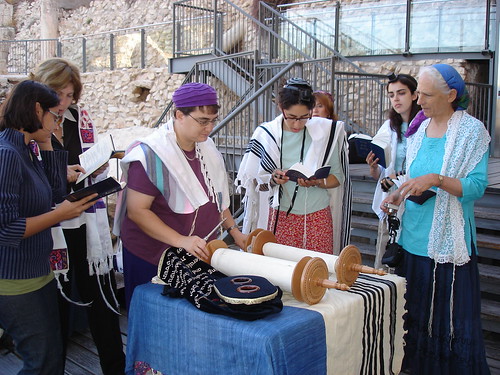At first blush, most of us are probably inclined to liken religious ritual to an heirloom, something handed down to us from our parents and grandparents. We’re enjoined, sometimes explicitly and sometimes more tacitly, to take care of rituals, to ensure that they don’t vanish. When seen from that perspective, ours is the responsibility of stewards, curators and historians.

But now and again, we’re reminded of an alternative reality, one in which we’re not just caretakers but architects of ritual practice. And when that happens, we come to see that rituals themselves are anything but static.
Take, for instance, the steadily growing popularity of the bat mitzvah. An innovation of the 1920s, it took hold, little by little, within American Jewish circles, slowly gathering momentum and acceptance. By the 1980s, the bat mitzvah had become as entrenched and widespread an American Jewish phenomenon as its male counterpart, the bar mitzvah whose origins dated back to the 13th century.
Orthodox Jewish communities were slower to embrace the bat mitzvah, but these days more and more young Orthodox Jewish girls make a point of celebrating their coming of age and of ritual responsibility. Some go the full nine yards, reading from the Torah and leading the prayer service within the company of other women. Others set their sights on a festive dinner en famille where they give a speech, the culmination of several months of Torah study with a family member or a teacher. Either way, the bat mitzvah has become increasingly de rigueur.
These musings, I confess, are prompted by the bat mitzvah of my niece, Sharon Lily, which took place last week in Jerusalem. While Israeli newspapers are full of disturbing stories of women being forced to sit in the back of the bus and of other indignities, here was a counter-narrative, a rebuttal, an affirmation: twelve-year-old Sharon Lily, who is named after her strong-willed great-grandmother, Lily née Rochel Leah, planted her feet on one side of the bima and in tones resolute and ringing read from the Torah, while one after another of her female relatives, myself included, received an aliyah.
In Jerusalem. In an orthodox shul. In the year 2011.

